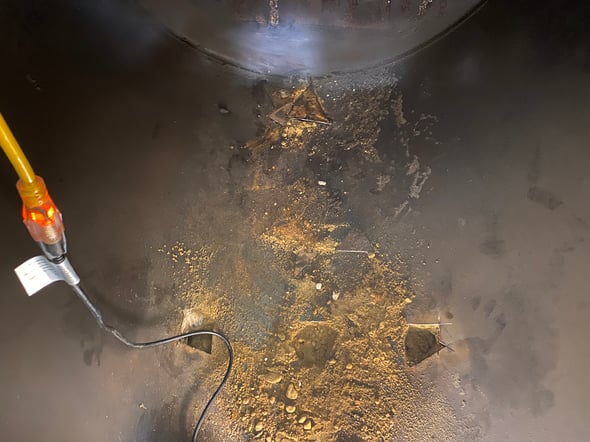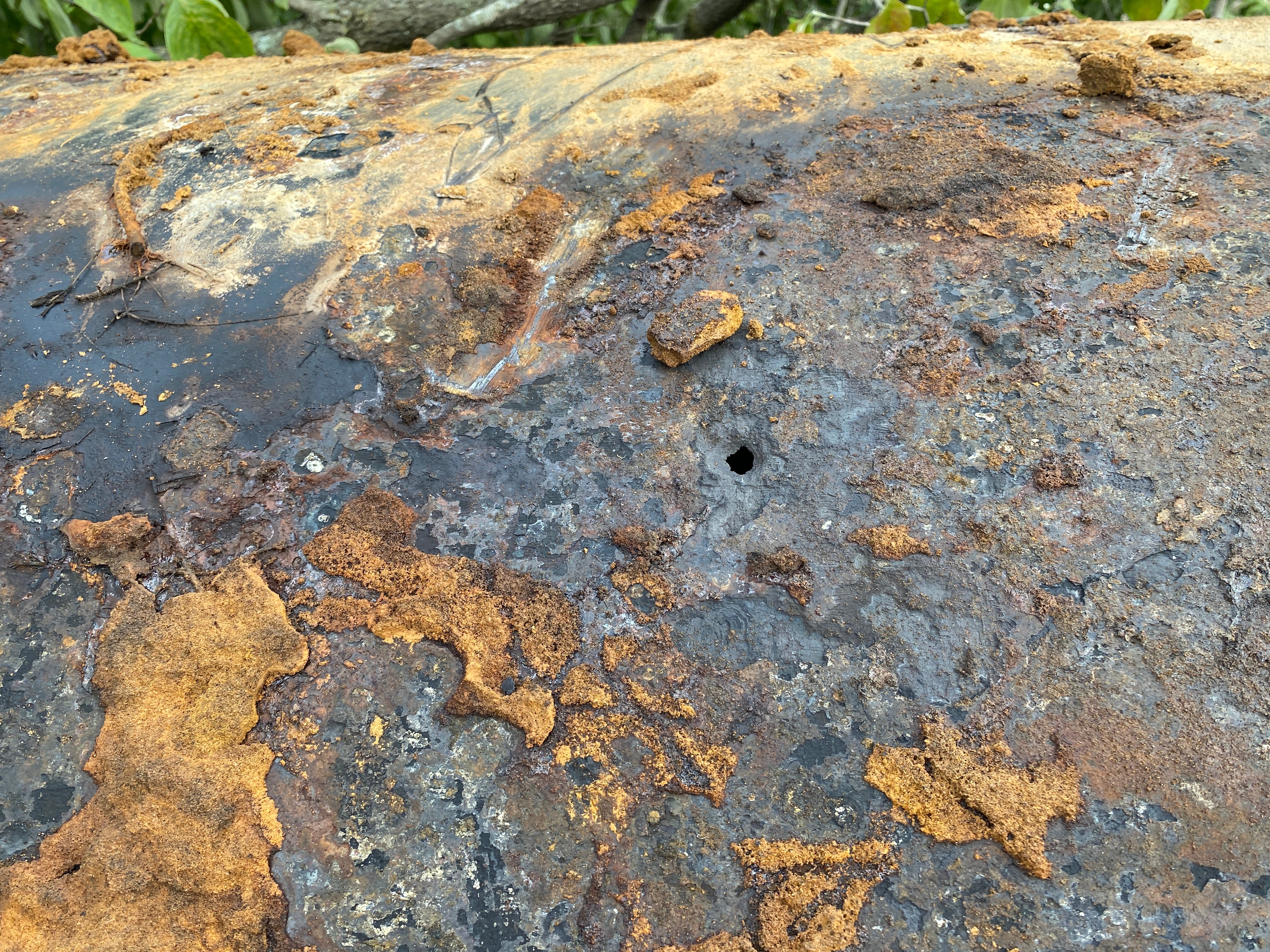It is not unheard of that buildings are built on top of oil tanks. Definitely not a good idea, but the structure was typically built either before environmental regulations or without regard for the regulations, or the oil tank.


Every oil tank that is underground and even under a building has the possibility of leaking. When a tank leaks you may have to clean up the leak, which requires removing soils (soil remediation). How do you do soil remediation when you have a structure over the tank? The photo below is a garage, where the walls were supported and the floor and contaminated soil was removed.

If you want to buy a house with a tank under the house or think of selling a house with a tank in this situation, think again. The concern with oil tanks is they leak and if they leak you may have to clean them up and that can cost money. I know a number of properties that owners tried to sell, but having a tank buried under the sunroom was a sticking point and prevented a sale. The only way these houses went to the settlement table was by having the owner cut open and clean the tank and take samples to show the tank did not leak. Yes, a project like this can cost thousands of dollars but these are costs that are the responsibility of the property owner even if they never used the tank and bought the house knowing a tank was under a structure.
In practice, many tanks that are under a garage, house or porch we find are not leaking. Why? Well because you have an umbrella over the tank being the structure. The house keeps the tank dry which in turn inhibits rust. Don't get me wrong some do leak, but the drier any metal is the more corrosion resistance will occur.

When decommissioning the tank, a confirmation that the tank did not leak can be acquired by soil sampling. This entails entering and cleaning the tank of all residual petroleum compounds (liquid and sludge). The empty cleaned tank can then be removed and soil samples acquired from the tank excavation. But in the case of a tank under a building where removal is not practical, you can cut holes through the shell of the cleaned tank and obtain soil samples.

So you see there is no reason you can't take soil samples from tanks that have been filled in place. People who own tanks do not want to take soil samples because they may get bad results. The saying goes if you do not test you have a 100% chance of finding nothing.

The photo series below is of a tank under the crawl space floor that was cleaned and tested. The rub was that the tank leaked and remediation was necessary. So contaminated soil had to be removed.


 The tank was removed, and the soil contamination removed. A picture is worth a thousand words.
The tank was removed, and the soil contamination removed. A picture is worth a thousand words.

Call the experts
Licensed in Delaware Pennsylvania & New Jersey









